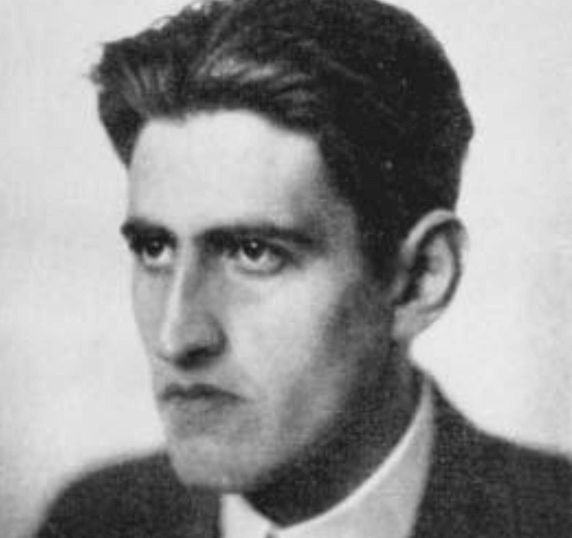Siegfried Bernfeld was one of the first-generation psychoanalysts who over time took a radical left-wing position. Bernfeld played an important role in his day, but over time he was unfairly overlooked. His work is interesting and his contributions are very relevant in today’s world. .
Anna Freud said that Siegfried Bernfeld had been one of those “extraordinary beings” who incorporated the first layer of psychoanalysis. In fact, Sigmund Freud himself referred to him in one of his letters, saying, “He is a leading expert in psychoanalysis. “I consider him perhaps the most talented of my students and disciples. In addition, he has superior knowledge, is an irresistible speaker and an extremely influential teacher. So, together, can I say the best about it?
- “The core of education is not education.
- But politics.
- The purposes of education do not determine ethics and philosophy according to the values of general validity.
- But the ruling class.
- Therefore.
- For the purposes of its power?.
- – Siegfried Bernfeld-.
Like his contemporaries, Siegfried Bernfeld lived a very convulsed time socially and politically, so at some point and in the face of persecution as a Jew, he concentrated his reflections on the social field, leaving aside the strictly psychoanalytic side to get involved in collective phenomena from a political point of view.
Siegfried Bernfeld, like so many other psychoanalysts, was of Jewish descent. Born in Lemberg ( Galice) in 1892, his parents engaged in the textile trade and led an economically peaceful life. Bernfeld studied zoology and botany because he was passionate about nature, which gave him solid scientific training.
From a very young age he was interested in pedagogy and psychology, he was delighted with the scope of hypnosis, which was an innovation in his time, in fact, he even practiced it with his younger brother, he was also interested in theories. Maria Montessori, then studied psychoanalysis in depth and became passionate about the method of free association.
At the age of 22 she married Anne Salomon, a young medical student and fervent follower of Marxist ideas, who had a definitive influence on her thinking and activities. Three years after their marriage, he was already organizing a great meeting of the Zionists. In this document, Martin Buber gave a speech that became very famous.
Motivated by their political activity, Siegfried Bernfeld created an institution dedicated to the reception of Jewish children orphaned in World War I, whose aim was to train them so that they could emigrate to Palestine, had 145 protected, many of whom had serious traumas. This led him even further to psychoanalysis.
He met Sigmund Freud personally and became part of the psychoanalytic circle, finally opened an office in Vienna in 1922. At the time he had forged a strong friendship with Anna Freud, and was considered one of the great promises of the new psychoanalytic. Together with Anna and other psychoanalysts of the time, she formed a group dedicated to the assistance of helpless children.
This group was mainly interested in extending psychoanalytic problems to the social field. In 1925, Siegfried Bernfeld published his first two books on social education, one focused on adolescence and the other on german teaching methods, which he considered a true culture for a time. dictatorial regime.
Siegfried Bernfeld was married three times and lived in several European countries when Nazism came to power, ended up in San Francisco (USA). U. S. ) With his third wife. Unlike other psychoanalysts, Bernfeld never agreed with the?Psychology of the self? Which stands out in North America.
Perhaps nostalgia for his origins, in addition to his great intellectual curiosity, led him to become one of Freud’s most important biographers. Although not considered “official”, his articles about him were clearly collected by Ernest Jones, whom Freud considered an authorized biographer of Freud. his father.
Siegfried Bernfeld left interesting essays in which he mixed principles of psychoanalysis and social education. He highlights his work on the psychology of adolescence. He founded the first psychoanalytic society in San Francisco, many remember him as a compulsive smoker, a lover of beautiful women and an honest psychoanalyst.

